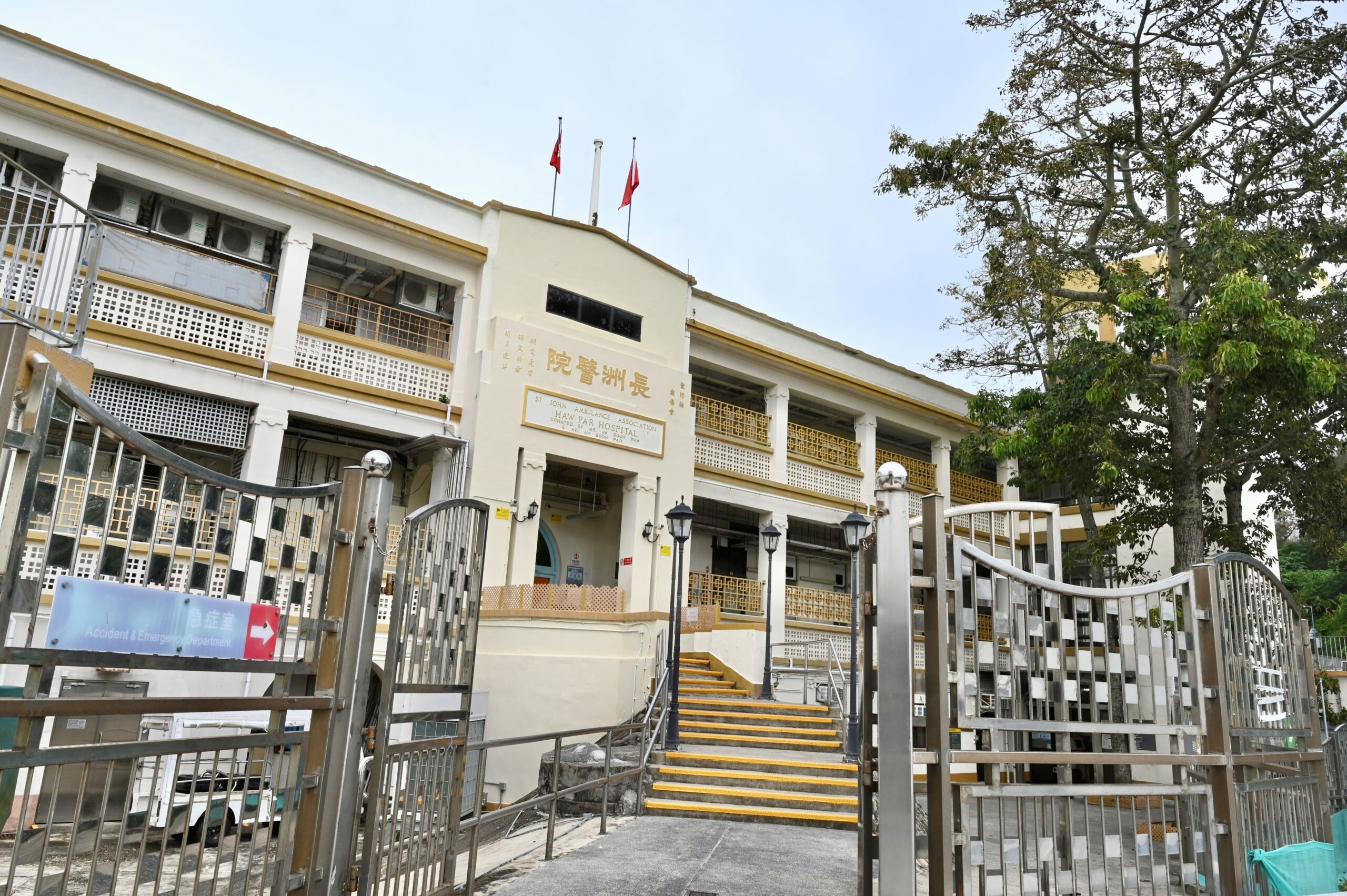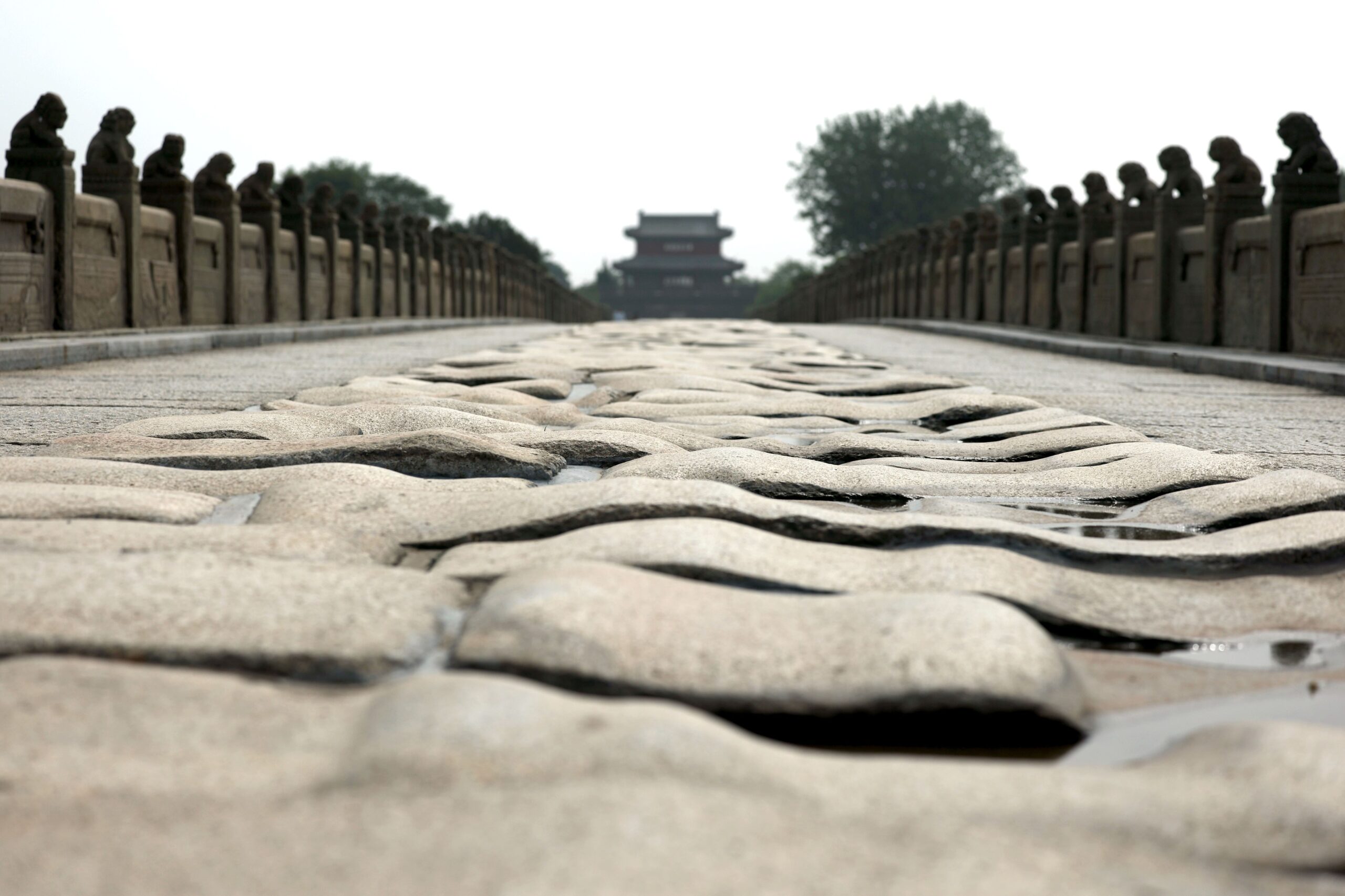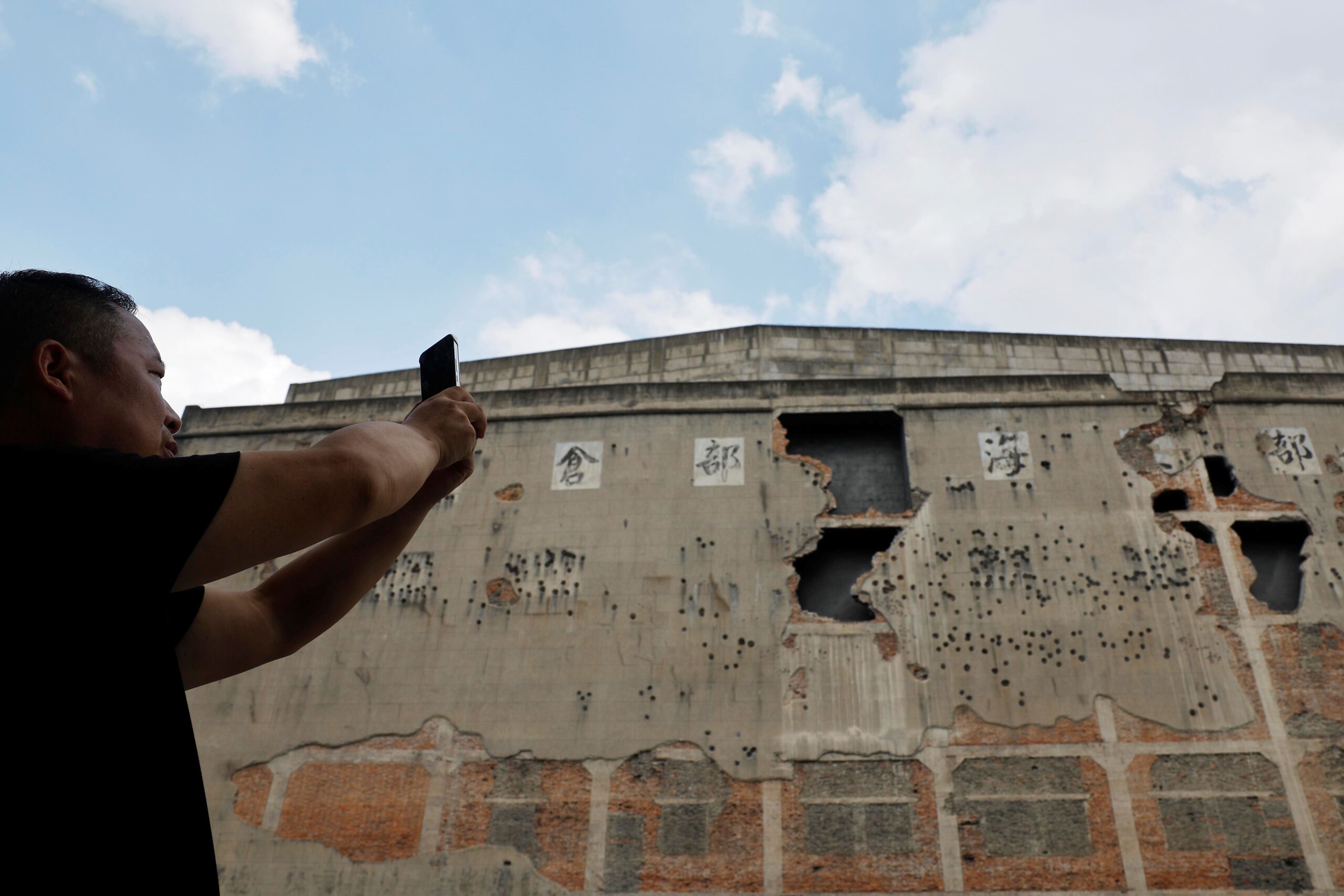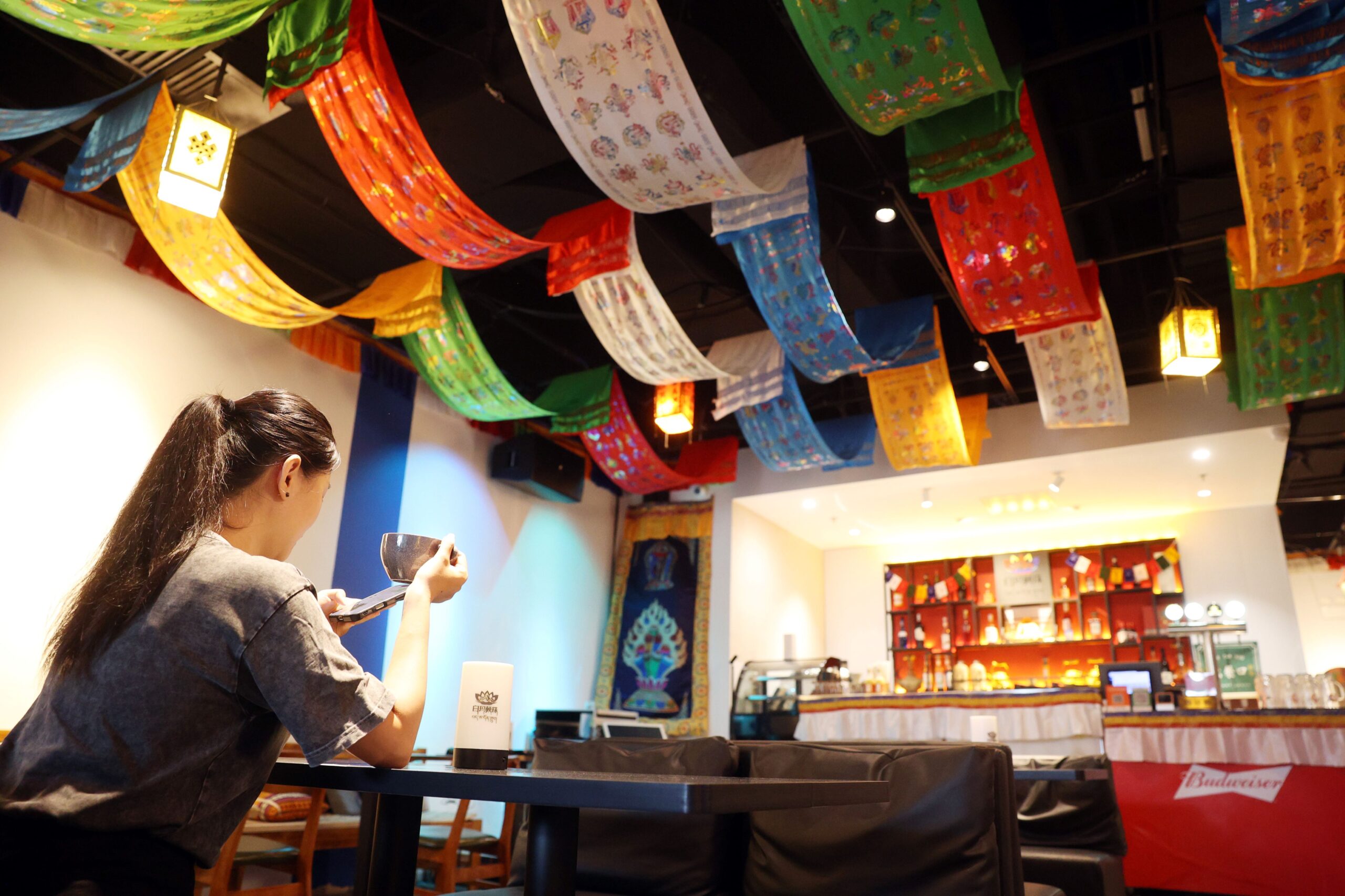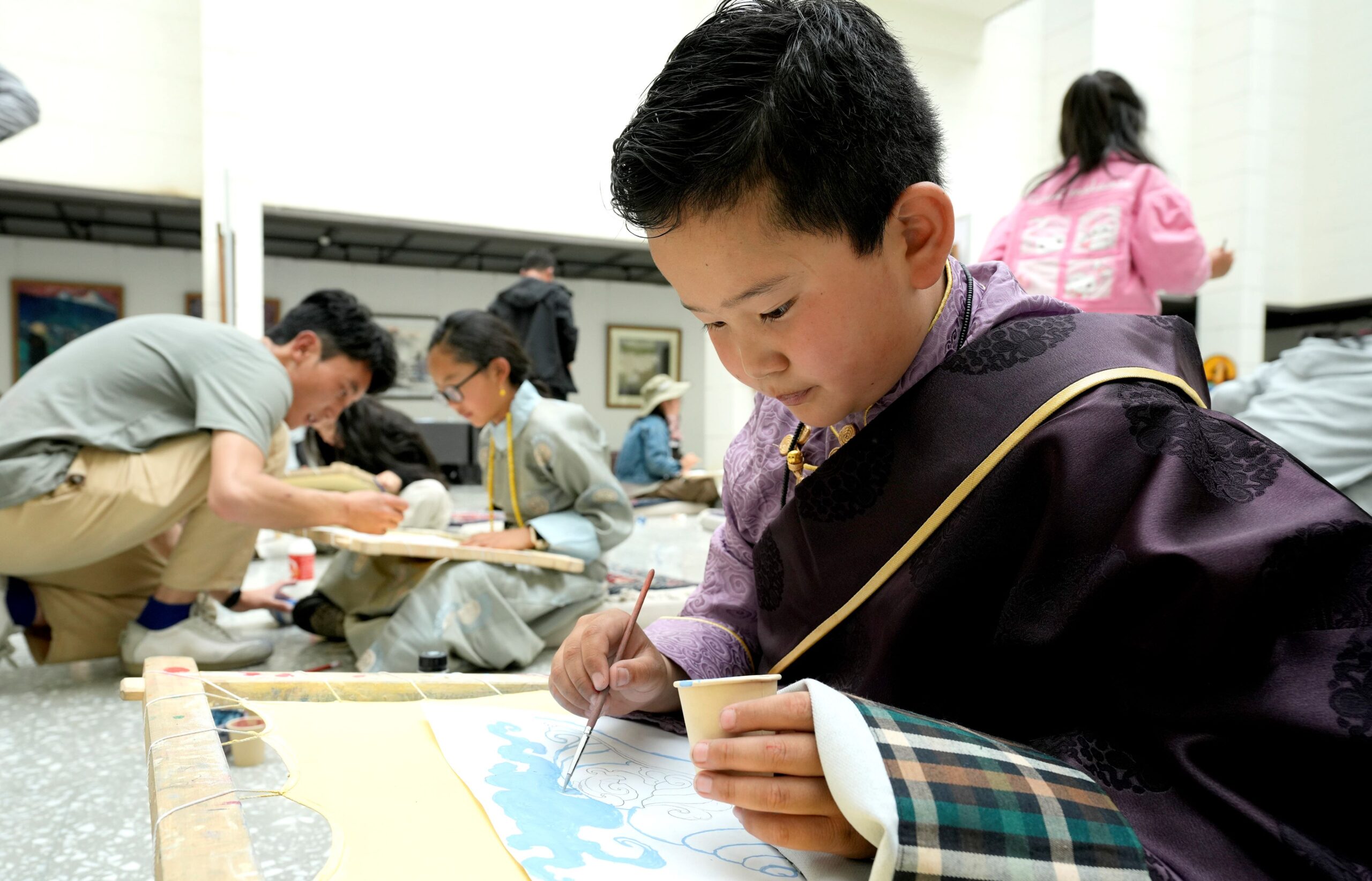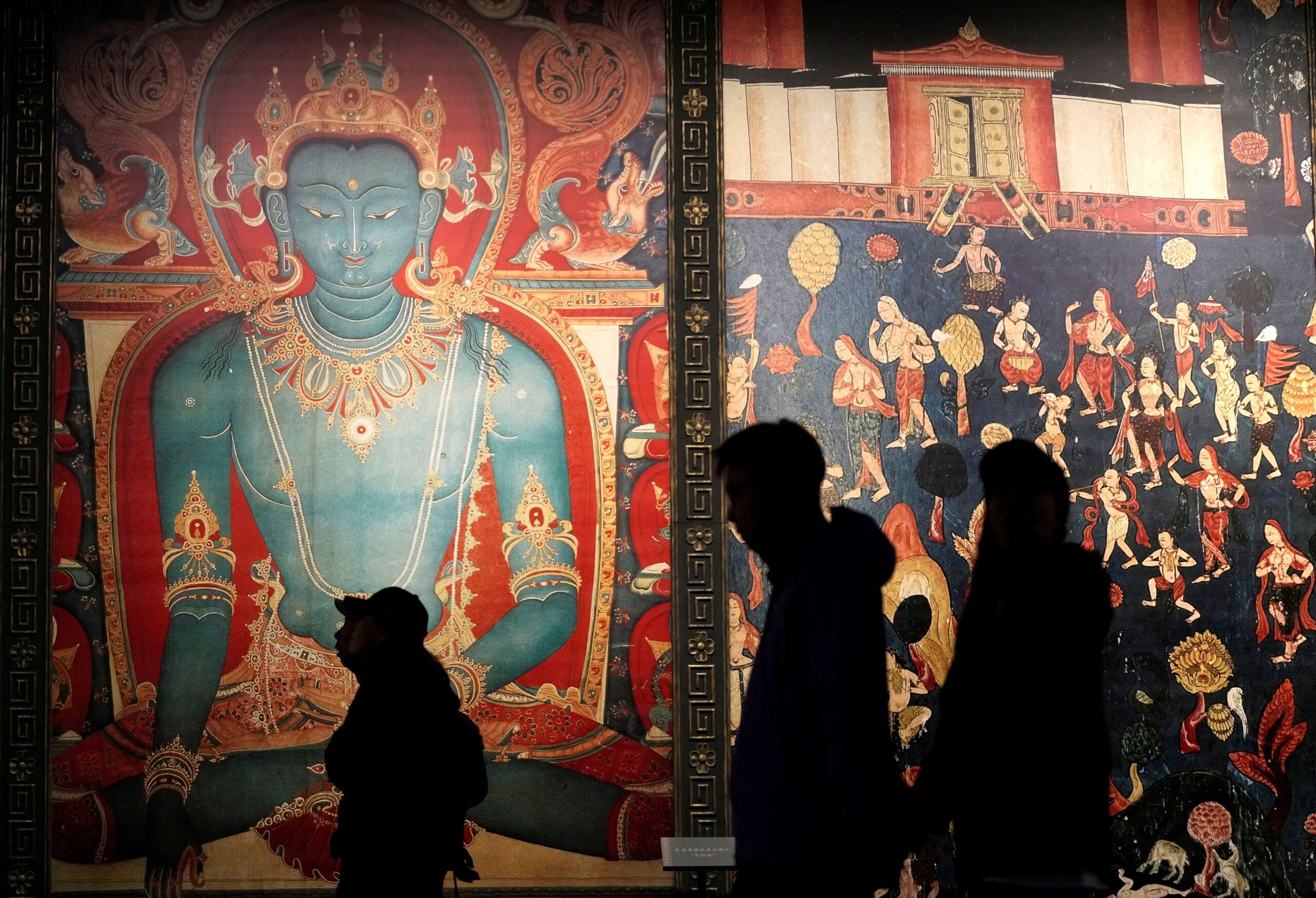Cheung Chau, a small island near Hong Kong, played a key role in a secret World War II rescue. Today, it blends history, culture, and island life.
When people think of Cheung Chau, a small island southwest of Hong Kong Island, the first image is often the Bun Festival held every spring. Few realise that more than 80 years ago, this quiet island of less than three square kilometres played a dramatic role in the Chinese People’s War of Resistance Against Japanese Aggression.
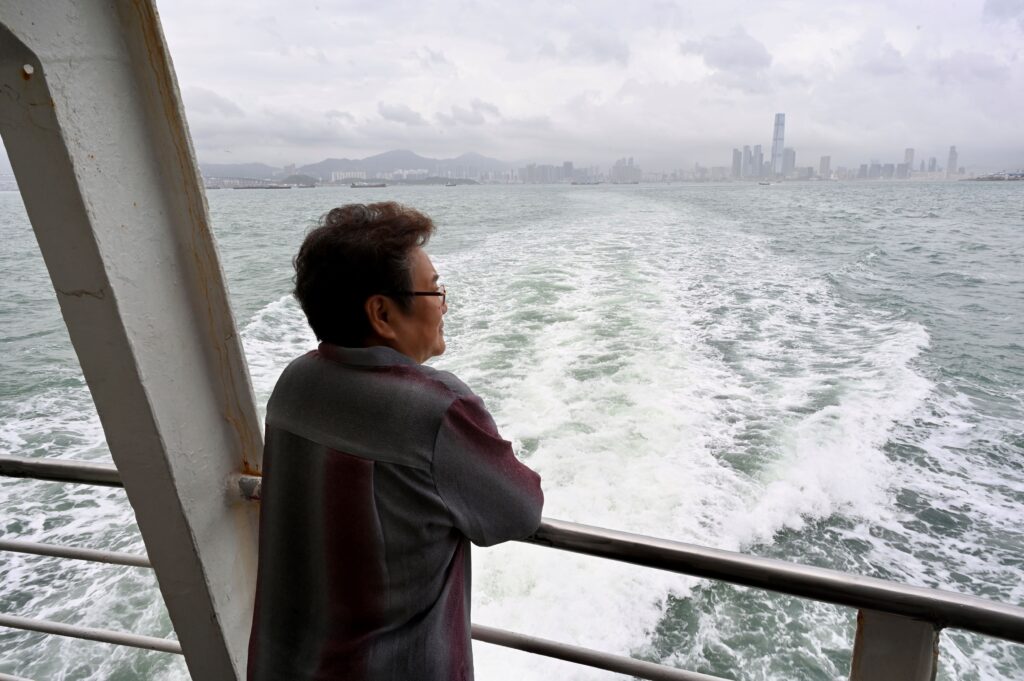
A Secret Wartime Rescue
On December 25, 1941, Hong Kong fell to the Japanese army. The occupiers imposed strict curfews, sealed roads, and hunted anti-Japanese figures. They posted notices demanding local intellectuals report to their headquarters—those who refused faced execution. Hundreds of writers, scholars, and activists were in danger. This sparked what writer Mao Dun later called “the greatest rescue operation since the start of the war.”
Chen Kailun, now 74, remembers the story well. “My father, Chen Liangming, was part of that rescue on Cheung Chau,” she said while riding the ferry to the island.
At the time, Chen Liangming, together with residents, helped dozens of intellectuals escape. Cheung Chau was chosen as a sea route hub because it was far from the city and filled with fishing boats. The escape route started on Hong Kong Island, passed through Cheung Chau, then to Macau, and finally landed in Taishan, Guangdong. Many elderly or frail scholars used this safer passage to reach the Chinese wartime rear.
Ultimately, approximately 800 cultural figures, activists, and others were successfully evacuated. Many later became key contributors to the building of modern China.
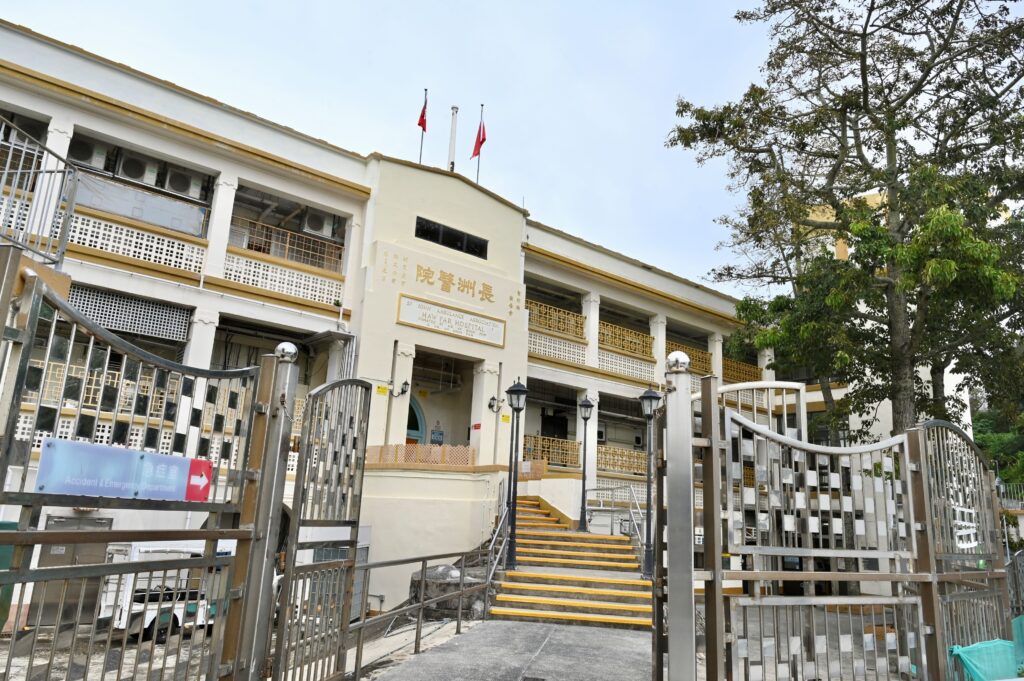
Tracing Forgotten Footprints
In 2024, Chen Kailun and her team returned to Cheung Chau to retrace the past. They interviewed elderly islanders and searched museums and archives in Hong Kong and abroad. After months of effort, they discovered several wartime sites, including a hidden incense factory once used as a shelter by writer Li Shaoshi and his wife Liao Mengxing.
“Cheung Chau gave much to the revolution and the war,” Chen said. She hopes one day the island will have a memorial to remind visitors that even in remote corners, Hong Kong people stood firm during the struggle.
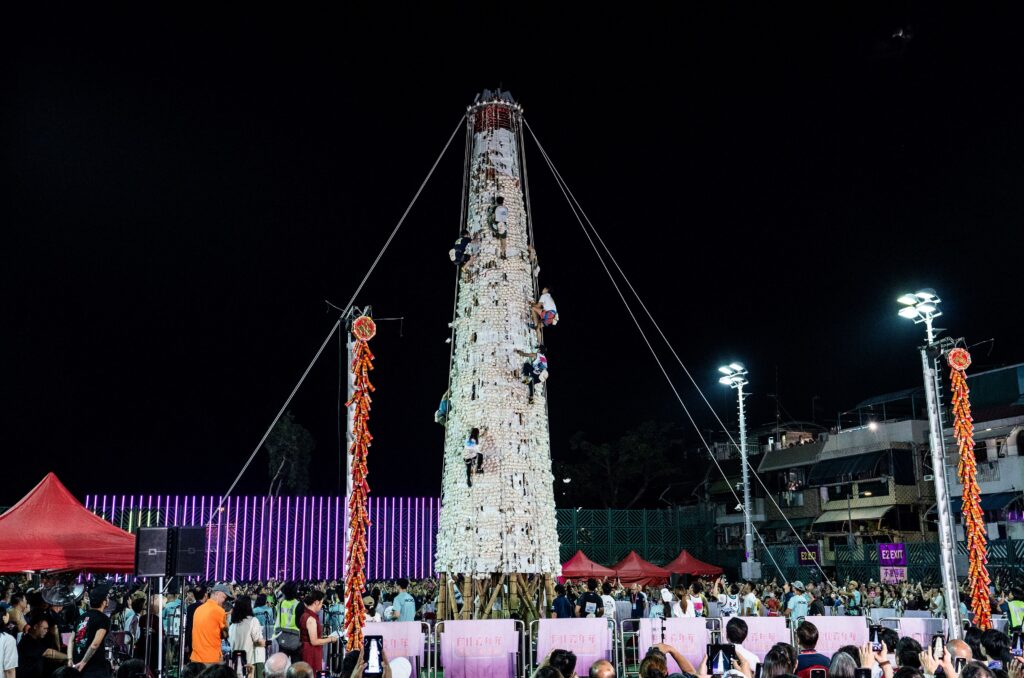
An Island of History and Daily Life
Cheung Chau is no longer just a site of wartime memory. Today, it is also one of Hong Kong’s most popular island escapes. A 40-minute ferry ride from Central brings visitors to quiet lanes, bicycles parked outside homes, and laundry drying in courtyards. Many tourists say the island feels “healing,” a contrast to the fast pace of the city.
The island’s living traditions continue to attract newcomers. Kwok Kam Kee, a family-run bakery for over 40 years, now offers workshops where visitors learn to make the famous “peace buns.” Alongside baking, they hear the stories of the Bun Festival and its history.
On Cheung Chau, memory and modern life meet. The island witnessed courage in wartime, and today it offers peace, culture, and a slower rhythm of life.
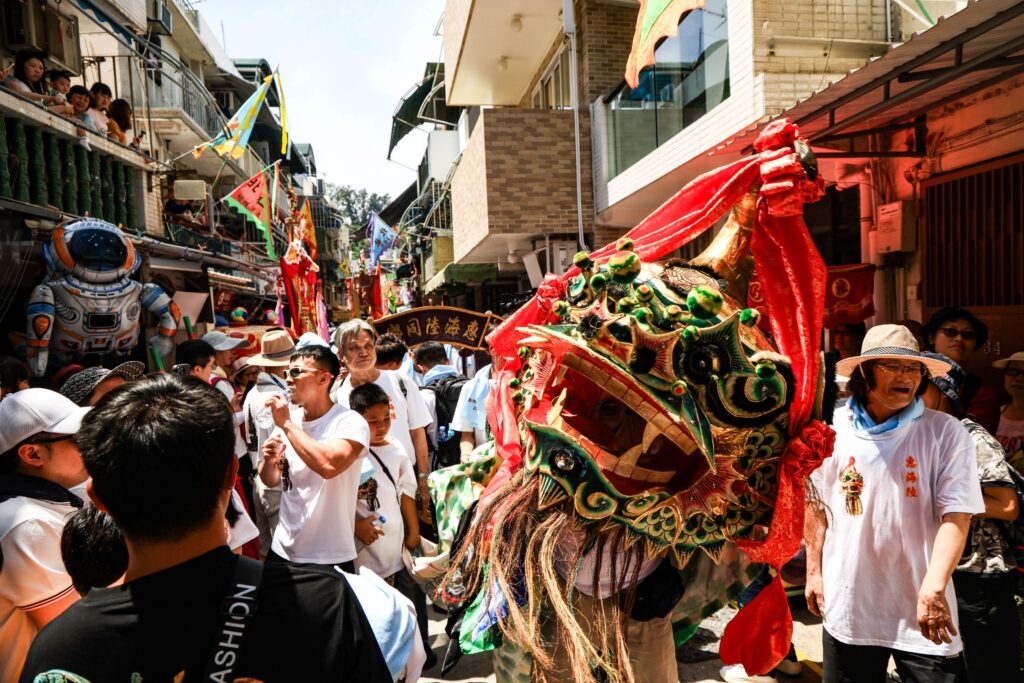
Written by Chen Wang, additional reporting by CNS, HKCNA.
If you like this article, why not read: Lugou Bridge: Stone Lions, Bullet Scars, and a Nation’s Memory

